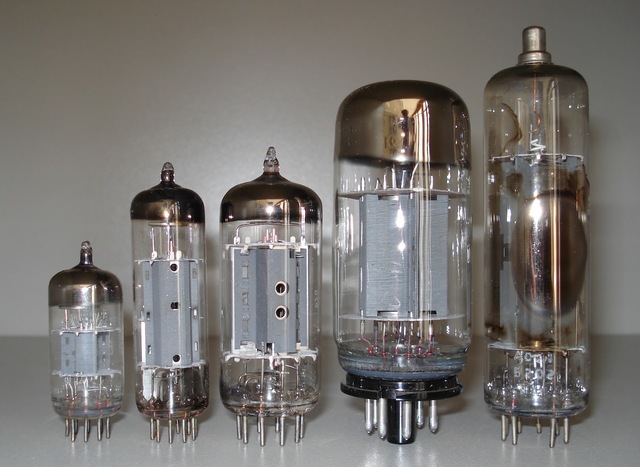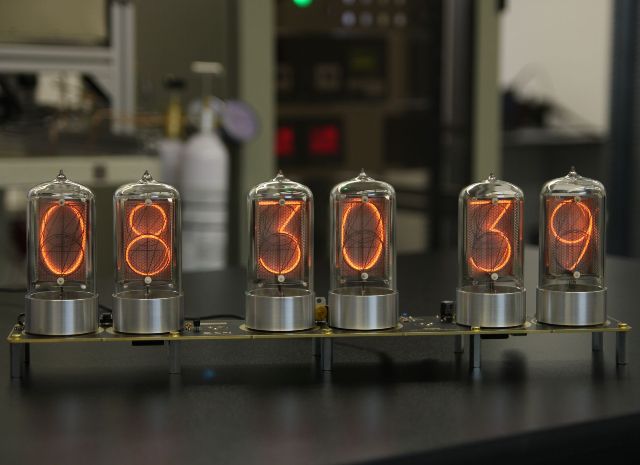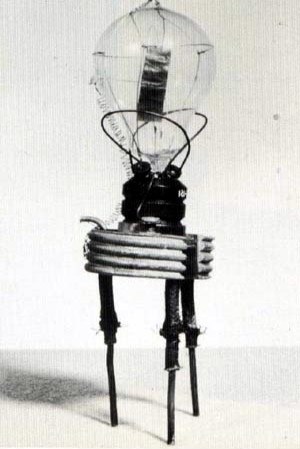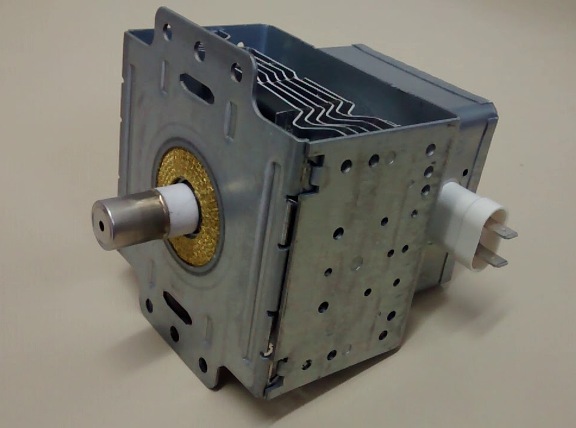Categories: Featured Articles » Interesting Facts
Number of views: 2027
Comments on the article: 0
Vacuum devices yesterday and today
In the age of integrated circuits and smartphones, chips and supercomputers, it would seem ridiculous to think about electro-vacuum devices, such as electronic radio tubes. Replaced them everywhere transistors, and a place for them a long time in the museum. Of course, there is some truth in these statements, nowadays the lamps are really not as widely used as before, nevertheless, to this day there remain areas in which they are indispensable and very popular.

Indeed, the principle of operation of the kenotron, triode, and other electrovacuum devices is not so complicated. Between the electrodes inside the evacuated housing, an electron flow is initiated. The intensity and direction of this electron flow can be controlled using an electric or magnetic field.
Electric current in a vacuum strikes with its properties: the lamp can generate oscillations in the widest frequency range, ranging from sound to radio waves of microwave frequencies. It can amplify oscillations without introducing distortions into the amplified signal, while the semiconductor analogue cannot boast of such abilities.

The first to encounter the phenomenon of electric current in a vacuum was Thomas Alva Edison. In 1883, he discovered this effect, but did not find any practical use for it.
The first vacuum diode appeared only in 1905, it was invented by an Englishman John Fleming. The lamp was intended to receive direct current from an alternating current; its device was very simple: a vacuum glass bulb, and inside it two electrodes - a cathode and anode.

The heated cathode emitted electrons that moved through the vacuum to the positively charged anode, but not back - that’s the principle of operation of the rectifier.
One year later Lee de Frost added another electrode inside the diode, placing it between the cathode and the anode - it turned out triode. The third electrode was named meshIt was made from a network of thin wires. The grid was used to control the flow of electrons. Later, more electrodes were added, with them the characteristics and capabilities of the lamps improved.
Beginning from the 1920s and through the 1940s, several more types of electrovacuum devices were developed that operated on the principle of controlling the motion of the electron flow in a vacuum. But these were already far from the lamps that appeared at the very beginning.
A magnetron, a transit and reflection klystron, traveling and backward wave lamps, etc. - they no longer had glass bulbs, and the principles of their work only remotely resembled triodes, although in fact they are all relatives.

Three decades ago, electronic lamps were widely used in radios and televisions; in the 1950s, the first computers only worked on lamps with relays. But every year the lamps began to be used less and less, especially to today. Nevertheless, some industries to this day inevitably use lamps, since only they are able to provide such high characteristics that no semiconductor analogue will provide.
What alone costs Hi-End high fidelity sound, where everything is built essentially only on radio tubes. Many foreign manufacturers of amplifiers use some types of lamps exclusively made in Russia. But this is if we talk about speakers.

Magnetrons are everywhere used in microwave ovens, where they generate powerful ultra-high frequency radio waves, they also work in powerful radio receivers and transmitters, in some cases klystrons, traveling and backward-wave lamps, and other electric vacuum devices are useful.
Electrovacuum devices are indispensable for use in satellite transmitters, in airplanes, on ships and in communication centers on Earth. Only electrovacuum devices are capable of providing ultrahigh frequencies with high stability and huge powers; transistors cannot do this. So it’s too early to throw electrovacuum devices off the shields, they still serve in technology, radar, only thanks to them is real radio communication at very short waves, capable of transmitting data between satellites in space.
See also at i.electricianexp.com
:
